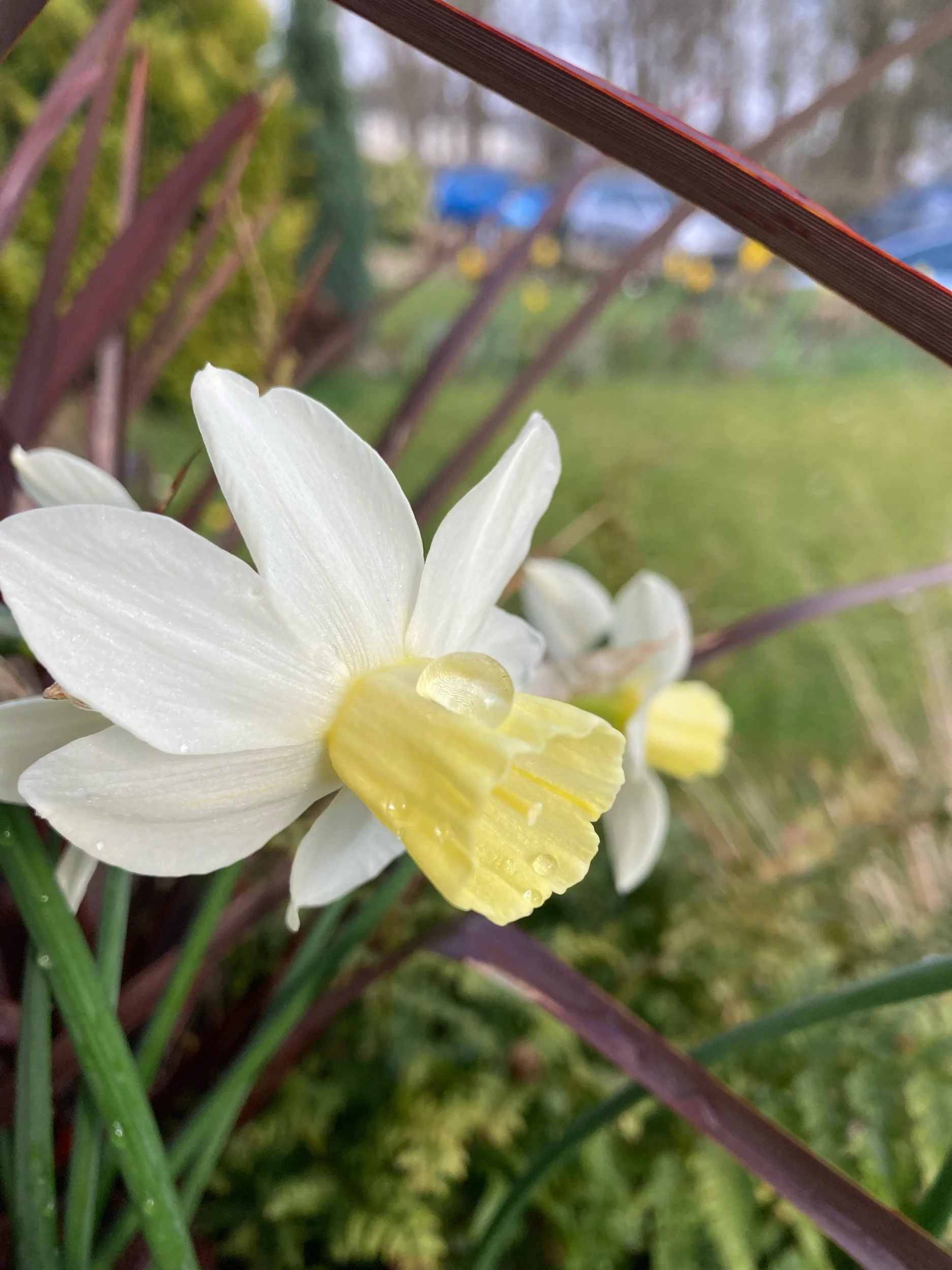Trying to coax a very tired six-year-old up Coniston Old Man didn’t get off to the best start. However, by the time we reached this plateau and river bed full of discarded rubble from copper mining, my daughter was fully engaged with the landscape and elements surrounding her.
And so was I….our landscapes are often so altered yet we see them as ‘natural’. The copper mines above Coniston in the Lake District are a stark reminder of how industry can scar a landscape. It was fascinating. The large rock I’m holding below was almost completely composed of metal. Dangerously sharp around the edges and heavy.
Is a rock still a rock if it’s mostly composed of metal? Geologists please advise..
There’s so much beneath our feet.. which reminds me of a great book by Robert Macfarlane called ‘Underland’ which is all about the subterranean. I highly recommend it.
“As we have amplified our ability to shape the world, so we become more responsible for the long afterlives of that shaping. The Anthropocene asks of us the question memorably posed by the immunologist Jonas Salk: ‘Are we being good ancestors?” Robert Macfarlane, excerpt from Underland
What is the Anthropocene?
adjective: Anthropocene
relating to or denoting the current geological age, viewed as the period during which human activity has been the dominant influence on climate and the environment.
"We've become a major force of nature in this new Anthropocene epoch"
noun: Anthropocene
the current geological age, viewed as the period during which human activity has been the dominant influence on climate and the environment.
"some geologists argue that the Anthropocene began with the Industrial Revolution"
Sundews - Drosera rotundifolia
As my child and husband decided they were going to build a dam, I resigned myself to not continuing upward, instead turning my attention to the land beneath my feet. Scouring the rocks to find shapes and colours of interest, I noticed these perfectly tiny plants. I had an inkling they were carniverous and possibly sundews. A little googling has confirmed that is probably what they were. Aren’t they amazing? The flower heads are about the size of a garden pea, so small and perfectly nestled amongst the rocks.
Looking up towards the fells, Coniston Old Man (in cloud) to the left, the YHA and rubble heap just in the centre
The first part of this walk up from the centre of Coniston is great with kids and this area near the youth hostel is great for exploring. We made another push for it up Coniston Old Man but sadly didn’t reach the top. Too far for little legs that day and it was in cloud too.
However, the pull I felt to get up there was strong. So strong I’m considering going back, maybe on my own or with a companion to climb up to the summit.
Fells and mountains are powerful places and I hope to encounter them more and more over the years to come. Hopefully encouraging my daughter to foster a love for them in the process, just like my Dad did for me.
Coniston Old Man viewed across Lake Coniston from John Ruskin’s house













